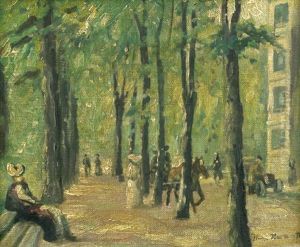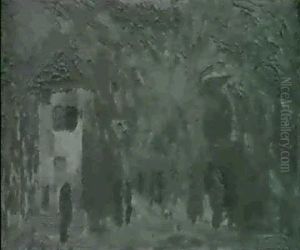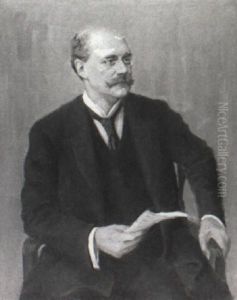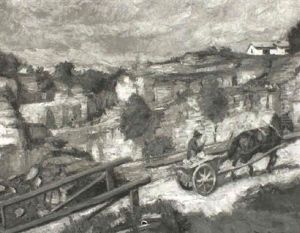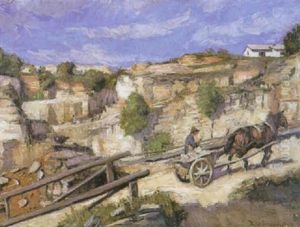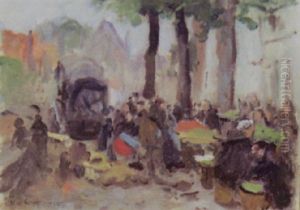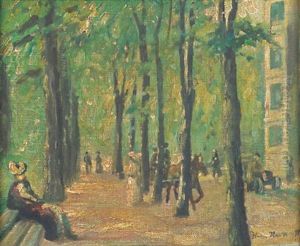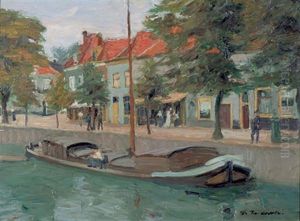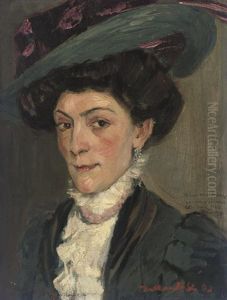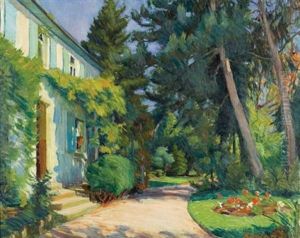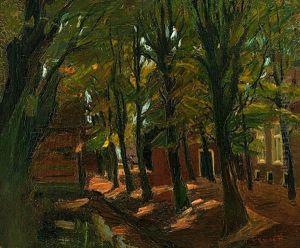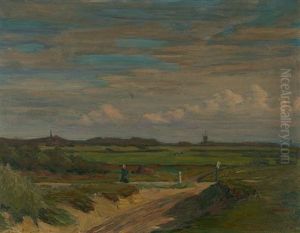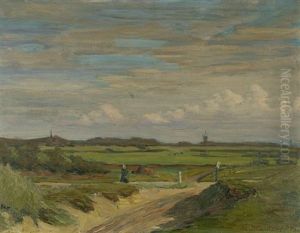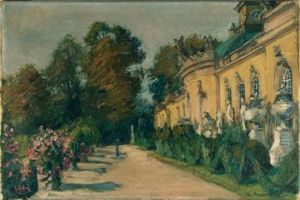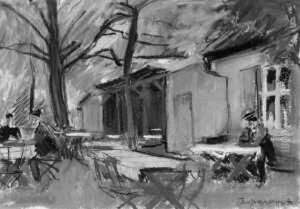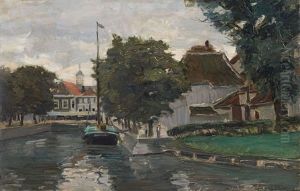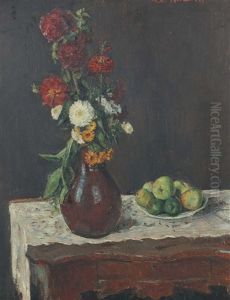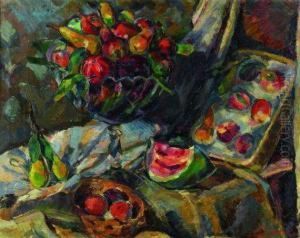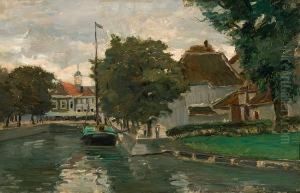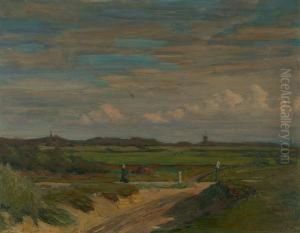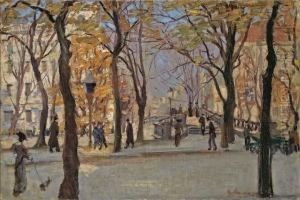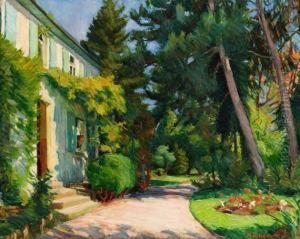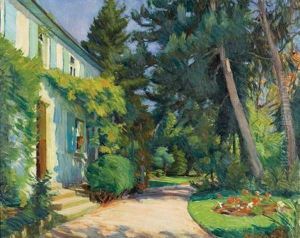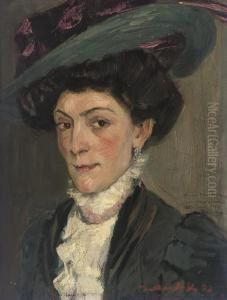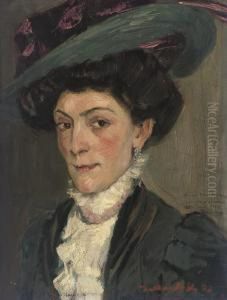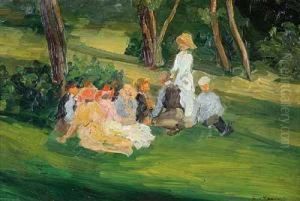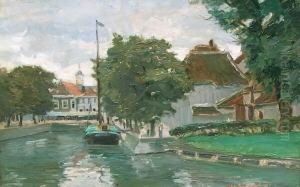Konrad Von Kardorff Paintings
Konrad von Kardorff was a German painter and graphic artist who lived and worked during a particularly tumultuous time in European history, which spanned the end of the 19th century through the horrors of both World Wars. Born on November 11, 1877, in Berlin, Germany, he was a prominent figure in the Berlin Secession movement, which sought to break away from the traditional, conservative styles that dominated German art at the time.
Kardorff studied at the Academy of Fine Arts in Munich and later in Paris, which was the epicenter of the avant-garde art world in the late 19th and early 20th centuries. His work was primarily influenced by Impressionism, and he was known for his landscapes, interior scenes, and portraits that captured the effects of light and atmosphere with a sensitive and nuanced approach.
Throughout his career, von Kardorff exhibited his work widely, including at the prestigious Berlin Secession exhibitions. He became a professor at the Prussian Academy of Arts in 1916 and was a member of the academy until his death. His teaching and his art were both influential in shaping the next generation of German artists.
Despite the upheaval of World War I and the political and economic instability that followed in Germany, von Kardorff continued to paint and exhibit his works. During the rise of the Nazi regime, however, his style fell out of favor as it did not conform to the prescribed aesthetics of National Socialism. Nonetheless, he managed to continue working until his death in Berlin on April 24, 1945, just before the end of World War II.
Konrad von Kardorff's legacy is that of an artist who contributed to the modernization of German art, embracing new styles and ideas while maintaining a commitment to the portrayal of beauty and harmony in his work. His paintings can be found in various collections and museums, serving as a testament to his skill and artistic vision during a period of great change.
